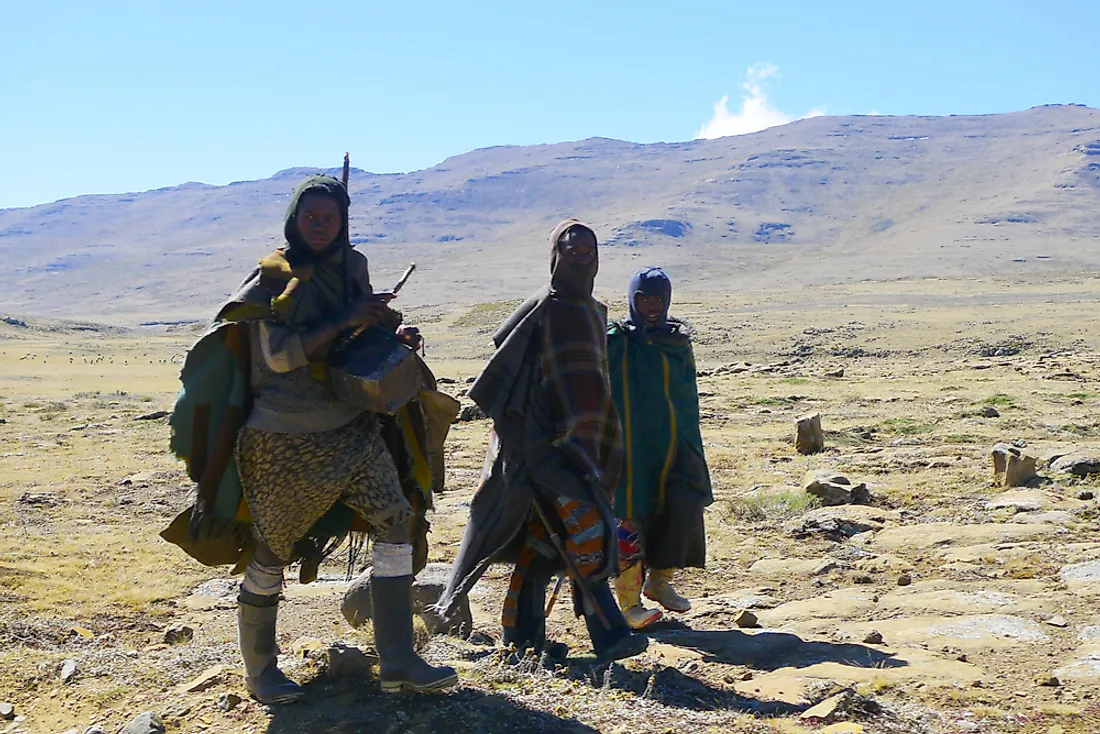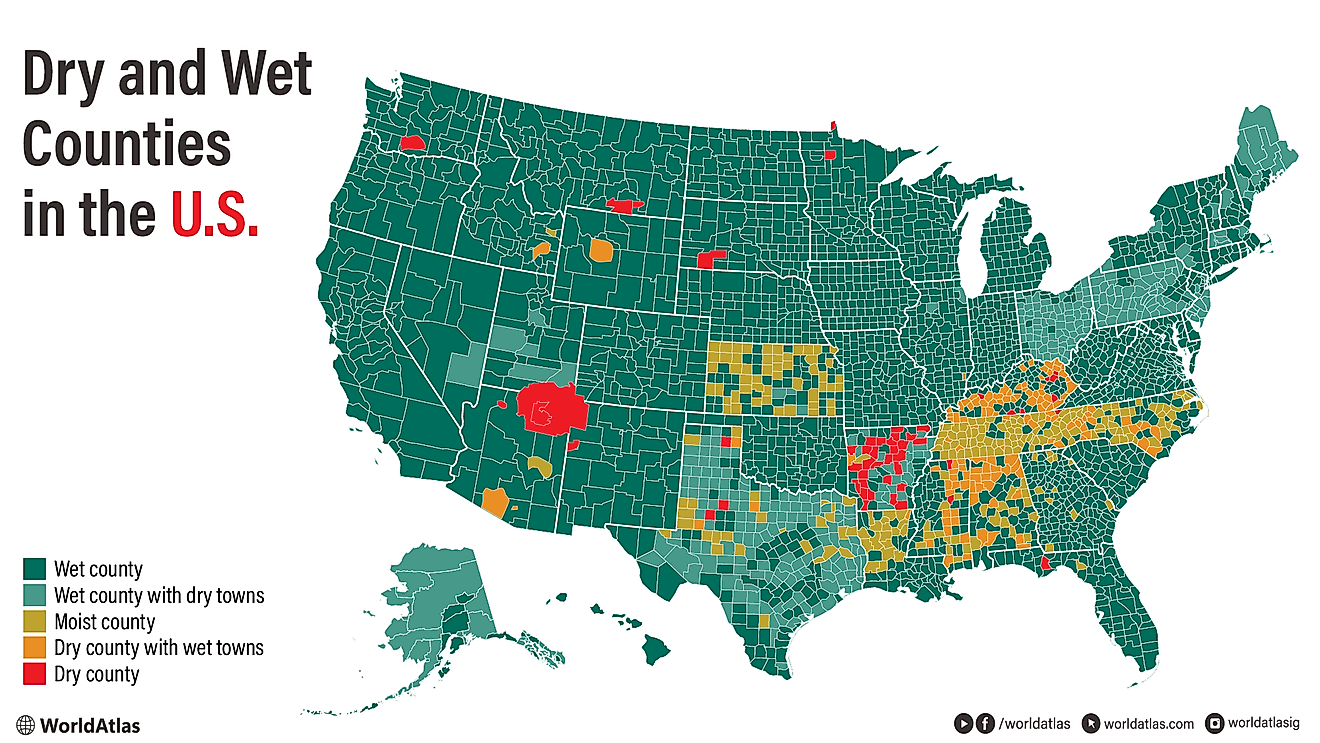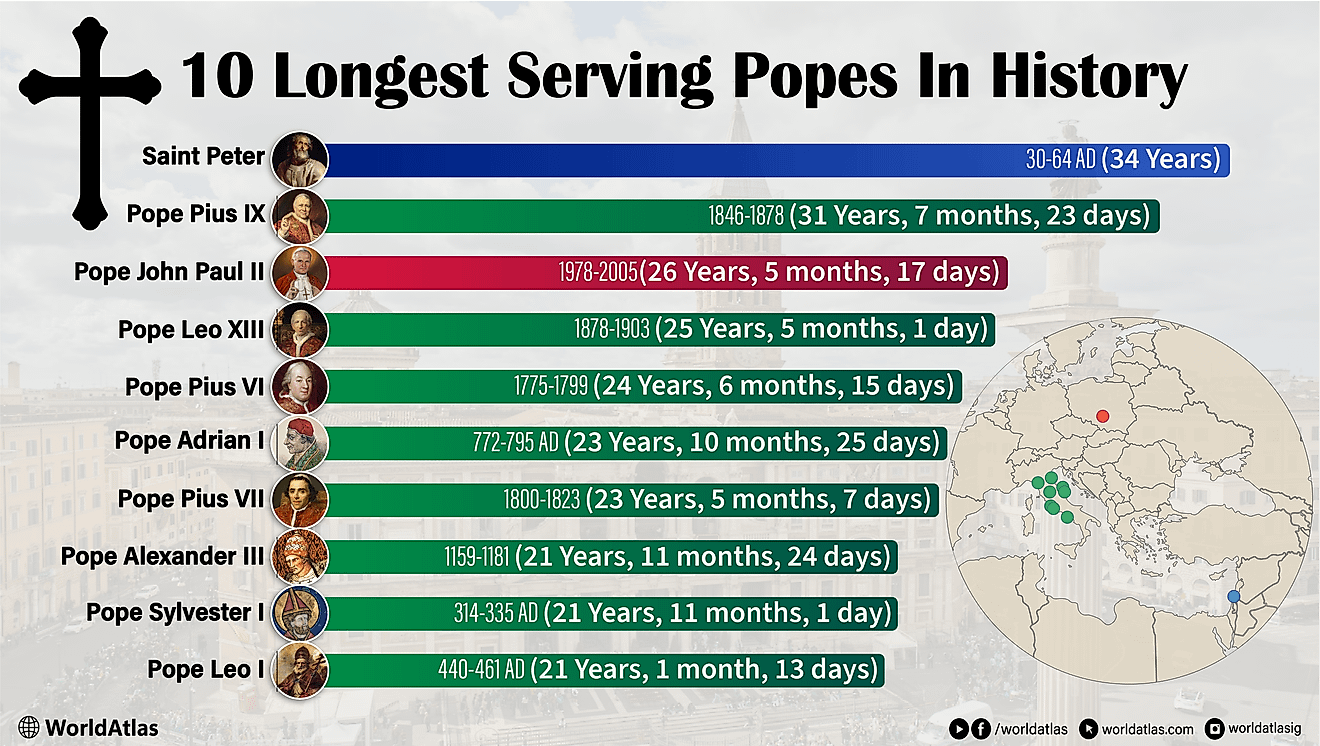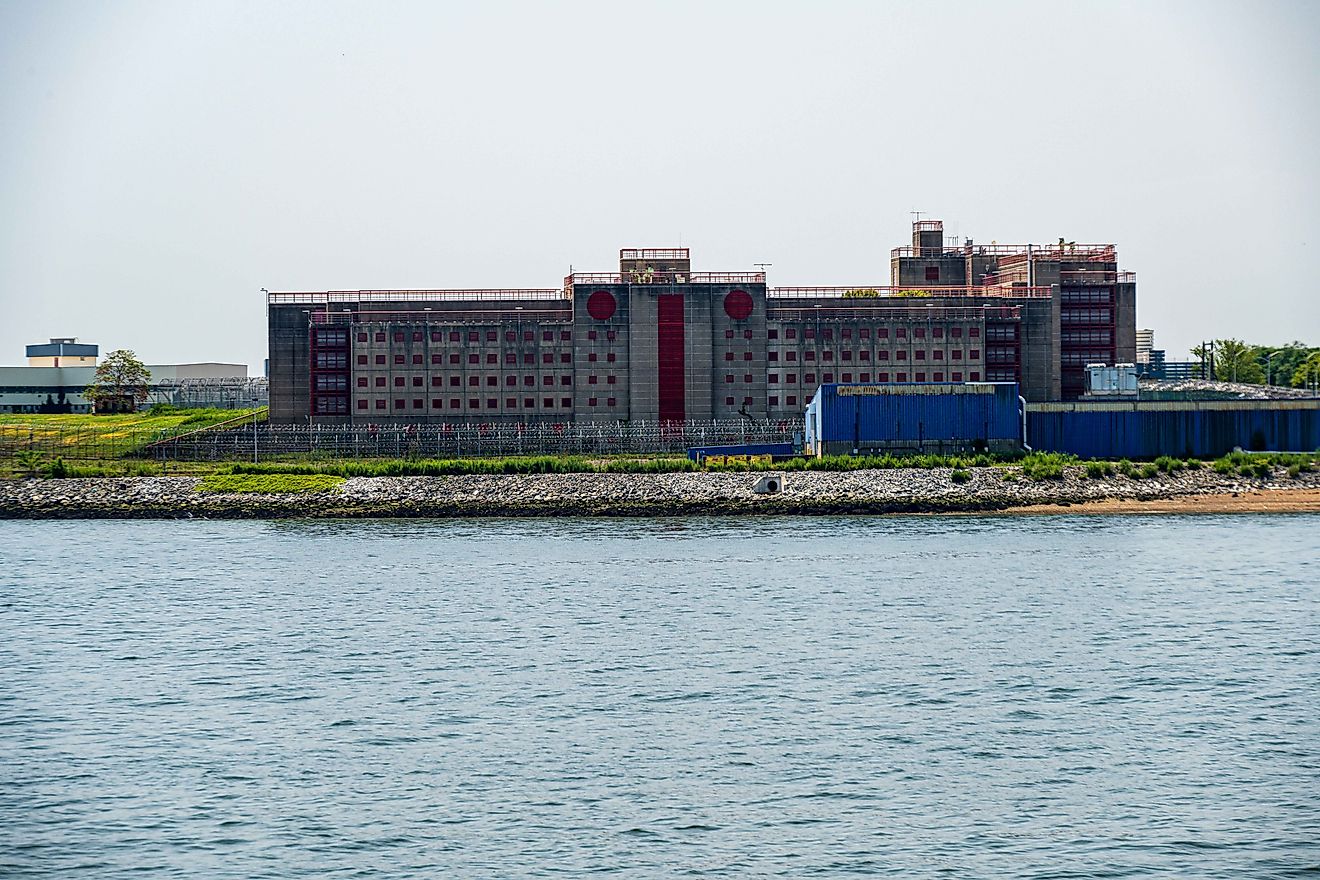The Culture Of Lesotho

Lesotho (previously known as Basutoland) is a country in the southern region of the African continent. With a size of about 11,583 square miles and a population of about two million people, the country has a diverse culture and history. The name of the country means land where people speak Sesotho. The culture and traditions of the country in things like daily life, sports, clothing, and other things are quite unique. Here are some of the most important aspects of the culture of Lesotho.
Cultural Life
Like any other country in the world, the nation has been influenced by both modern and traditional ways of life. Despite the challenges facing traditional authority, such as political developments, the system still exists whereby the topmost position is the king while a chief is at the village level. Presently, the King of Lesotho is Letsie III who has been in power since his coronation on October 31, 1997. At the village levels, the chief’s authority mostly revolves around the distribution of land although the 1979 Land Act is also used.
This system of cultural life is responsible for the stark contradiction in the nation’s economic development. Most of the other African countries obtained their independence and went ahead to make massive leaps in their economies. However, the traditional system of Lesotho, which is largely inefficient, has seen to it that the country lags behind in development. The cultural system also explains why many Sotho want to establish themselves in rural areas despite increasing urbanization.
Way of Life
Life in Lesotho is a mixture of western and local Sotho culture. For example, in Maseru, which is the capital city, several shops and markets peddle local goods as well as modern hotels and structures with western designs. The city also has something known as urban villages, which are structures established for the benefit of tourists who wish to explore the way of life before modernity.
In the villages, life revolves around things like the chief’s court, the farming fields, the school, the initiation lodge, and other similar places.
Religion
The religion of the country is also a blend of traditional beliefs and modern ones such as Christianity and Islam. Christianity is the dominant religion with a following of about 80% of the nation’s population while Islam has a minor following. For this reason, the country observes Christian holidays like Easter and Christmas. Christianity is divided into three main churches namely the Anglican, Catholic, and the Dutch Reformed Church. Catholicism is the dominant denomination with about 75% of the primary and secondary education institutions under their ownership. Even while embracing modern religious beliefs, church services still feature traditional activities such as chanting and wearing cultural attire.
Arts
Artistic works created by artists from Lesotho are usually prized collections by art collectors. For this reason, there are several artists in the nation whose works are integral to the economy of the country. Many artists utilize themes left behind by the ancient San people. Some of the more popular artists today include Mathabo Nthako and Tsepiso Lesenyeho. The former is a woman who uses traditional themes to create pottery while the latter is a painter whose work often features depictions of scenes from the villages. Craftwork is mostly popular in villages and includes things like pottery and grass weaving.
In addition to the above, the nation also plenty of oral literature, which exists in different forms such as folk songs, myths, legends, proverbs, and other ways. This form of art is crucial as it helps the nation to remember the struggles of the past that led to the attainment of independence. Some of the more popular artists in this field include Thomas Mokopu Mofolo and Joshua Polumo Mohapeloa.
Traditional forms of music and dance are also present and include things such as a traditional instrument known as a lesiba. The lesiba, which is a common instrument among herders, is a stringed wind instrument consisting of a feather and a string for the musician to blow. Traditional dances include the “gum boot dance,” which is a form of dance that shows how migrant labor has affected the culture. Another dance is the mohobelo dance, which involves men stomping their feet and kicking synchronously.
Media
The communication system has been vastly improved by the availability of fast and modern technologies in the media industry. The government owns and operates a TV as well as a radio station, which provide programs and entertainment in both Sotho and English. As is the case with most countries, there are several privately owned TV and radio stations. In addition, there are stations from other countries whose signals broadcast all the way to Lesotho. The publishing industry has several publications such as the popular Leselinyana la Lesotho (translating to “The Little Light of Lesotho”), which is more than a century old. Another old publication in the country is “The Nation” newspaper, which has been around since 1985.











